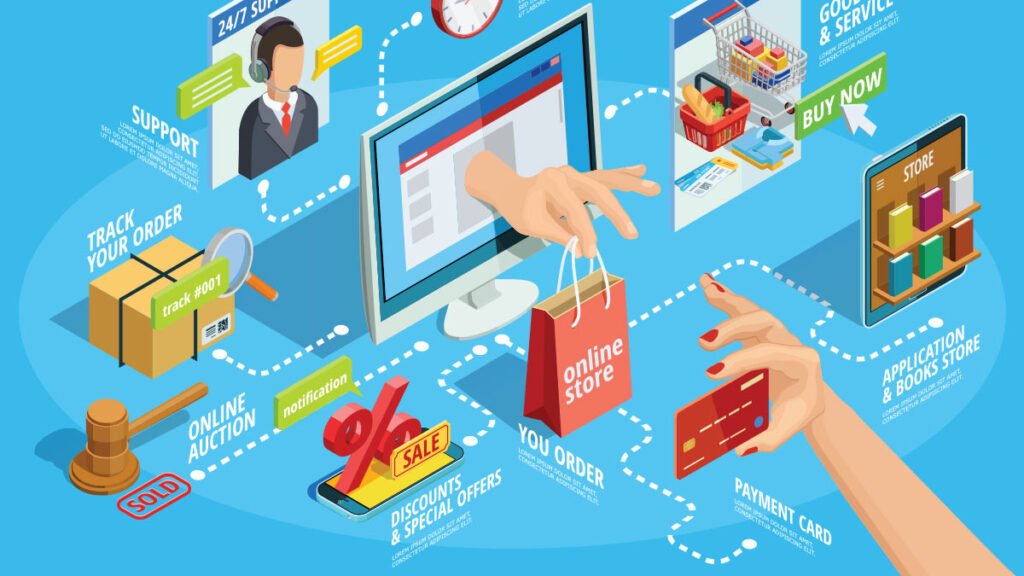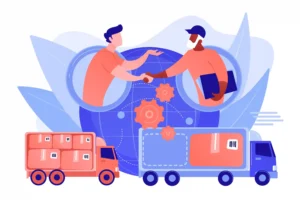[vc_row][vc_column][vc_column_text] Dynamics 365 Business Central Dynamics 365 Business Central Modernize your business operations across finance, manufacturing, and supply chain to drive new growth. Dynamics 365 Business Central is designed for businesses looking for an all-in-one business management solution that’s easy to use and adapt. Connect your finances, sales, service, and operations to streamline business processes, improve customer interactions, and enable growth. An all-in-one business management solution An evolution of Dynamics NAV An intelligent and unified solution A member of the Dynamics family An application and a platform [/vc_column_text][vc_row_inner][vc_column_inner width=”1/2″][vc_column_text] Financial Management Make Informed Decisions Connect data across accounting, sales, purchasing, inventory, and customer interactions to get an end-to-end view of your business. Chart financial performance in real time with built-in Power BI dashboards. Accelerate Financial Close and Reporting Streamline accounts receivables and payables, and automatically reconcile accounts to close and report on financials quickly and accurately, while maintaining compliance. Improve Forecast Accuracy Refine financial forecasts by modeling and analyzing data across multiple dimensions. Customize reports using seamless Microsoft Excel integration. Basic General Ledger Set up a company and start posting to the general ledger, chart of accounts, general journals, VAT facilities, recurring journals, and source codes. Budgets Work with budgets in general ledger accounts. Deferrals Set up deferral templates that automate the process of deferring revenues and expenses over a pre-defined schedule. Basic Fixed Assets Keep track of fixed assets and related transactions such as acquisitions, depreciations, write-downs, appreciations, and disposals. Basic Receivables Post sales transactions in journals and manage receivables; register customers and manage receivables using general journals. Dimensions Add unlimited dimensions to any ledger for advanced transaction analyses. Audit Trails The system automatically assigns audit trails and posting descriptions to every transaction. In addition, users can define reason codes to create complementary audit trails. Bank Account Management Create, operate, and manage multiple bank accounts for catering to your diverse business needs and across different currencies. Reconciliation Reconcile your bank statement data automatically to open bank account ledger entries end to keep track of all your bank statements. Currencies Manage multiple currencies throughout the system, including payables and receivables, general ledger reports, resource and inventory items, and bank accounts. [/vc_column_text][vc_column_text] Human Resource Employees Group and track employee information and organize employee data according to different types of information, such as experience, skills, education, training, and union membership. Expense Management Post expenses against employee cards to track and reimburse their expenses.[/vc_column_text][vc_column_text] Project Management Stay on Budget Create, manage, and track customer projects using timesheets along with advanced job costing and reporting capabilities. Develop, modify, and control budgets to ensure project profitability. Plan with Precision Manage resource levels by planning capacity and sales. Track invoicing for customers against planned costs on orders and quotes. Analyze Project Performance Make effective decisions with real-time insight on project status, profitability, and resource-usage metrics. Resources Register and sell resources, combine related resources into one resource group or track individual resources. Estimates Monitor resource usage and get a complete overview of your capacity for each resource with information about availability and planned costs on orders and quotes. Jobs Keep track of usage on jobs and data for invoicing the customer. Manage both fixed-price jobs and time-and-materials jobs. Timesheets Timesheets are a simple and flexible solution for time registration with manager approval and integrate with Service, Jobs, and Basic Resources. Multiple Languages Switch languages on the client in real time provided that the desired language is available. Reason Codes Define a set of reason codes that can be assigned to individual transactions throughout the system, providing user-defined audit trails. Extended Text Set up an unlimited number of lines to describe inventory items, resources, and general ledger accounts. Intrastat Reporting Automatically retrieve the necessary data to report Intrastat information to statistics authorities. Local customs authorities can inform you whether your company is obligated to file such a report. Outlook Integration Synchronize your to-do items and your contacts with your meetings, tasks, and contacts in Outlook. [/vc_column_text][vc_column_text] Empower Everyone with Ictionable insight with Power BI Make Data Driven Decisions See all your data through a single pane of glass. Live Power BI dashboards and reports include visualizations and KPIs from your data in the cloud and on-premises, offering a consolidated view across your business, regardless of where your data lives. Build Intelligence into your Apps Make all your apps smarter when you collect and infuse all the data captured across your organization. Bring the power of the Business Application Platform, Power BI, and your apps together to deliver actionable insights. Use Common Data Service for Analytics Remove data silos to drive intelligence across your organization by connecting data from Dynamics 365 and your other business apps with Common Data Service for Analytics. Apps that Transform the Way you do Business Create An App for Every Task Build visually stunning apps that take advantage of device capabilities like cameras, GPS, and pen controls, run on any device, and are completely customized for your business requirements. Incorporate Powerful Workflow Automation Integrate Microsoft Flow workflows to automate virtually any process including notifications, data collection, and approval routing—all without writing a single line of code. Use Common Data Service for Apps Consolidate your data in Common Data Service for Apps. It’s the foundation for your apps and includes a set of over 200 standard business entities and relationships. [/vc_column_text][/vc_column_inner][vc_column_inner width=”1/2″][vc_column_text] Customer Relationship Management Deliver Value at Every Touch Point Prioritize sales leads based on revenue potential. Keep track of all customer interactions and get guidance on best upsell, cross-sell, and renewal opportunities throughout your sales cycle. Boost Sales Productivity Accelerate the quote to cash process. Act quickly on sales-related inquiries, manage service requests, and process payments—all from within Outlook. Maximize Profitability Gain a comprehensive overview of your service tasks, workloads, and employee skills to effectively assign resources and accelerate case resolution. Contacts Maintain an overview of your contacts and record your contact information for all business relationships. Campaigns Organize campaigns based on segments of your contacts that you define. Opportunity Management Keep









